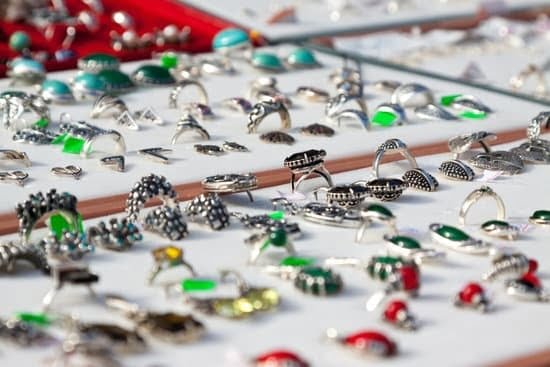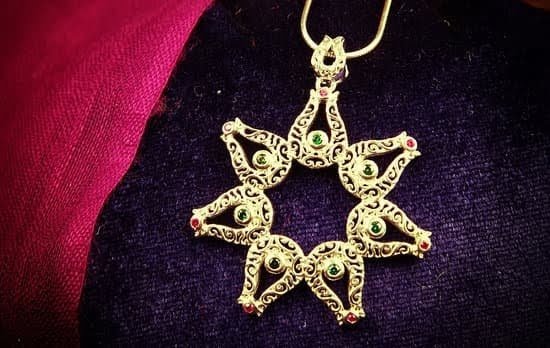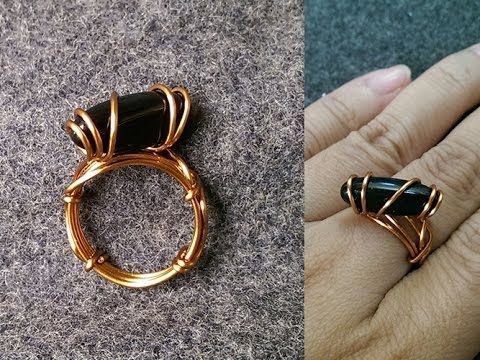Introduction to Traditional Filipino Jewelry
Traditional Filipino Jewelry has a long and storied history, with many indigenous tribes having their own unique styles that changed and evolved over time. In the Philippine culture, jewelry was both beautiful and also used for spiritual and cultural symbolism. For example, Filipino people wore sacred gold beads known as “alingga” during prestige ceremonies like weddings.
In addition to its spiritual uses, traditional Filipinos use jewelry for decoration during festivals and religious ceremonies. There is a belief in the value of gold and its healing properties, often seen in necklaces worn to ward off bad luck or bring good luck. Men traditionally wear small bead bracelets made from stone, wood or seeds while women typically wear bead necklaces with coins or amulets representing protection against evil spirits.
The style of traditional Filipino jewelry varies by region throughout the archipelago as each has their own distinct artistry and craftsmanship displayed through metalwork, beading, god handling and weaving techniques singular to particular cultures. Ornamental designs can include floral styles, animals forms and geometric shapes all symbolic of different meanings such as love, fertility and spirituality almost acting as spiritual talismans.
Filipino silver jewelry is especially popular using precious metals such as silver and fine filigree work fused with pearl accents bringing elegance to any ensemble or outfit worn by modern Filipinos today. But most important of all traditional Filipino jewellery represent something greater than beauty alone; they symbolise history, culture, and faith – passing down generations of stories for us remembering our ancestors who lovingly made them with heartfelt messages representing love and devotion forevermore instilled in these ever-enduring pieces of artwork from the past!
Notable Pieces of Traditional Filipino Jewelry
One of the most iconic and recognizable traditional Filipino jewelry pieces is the Forest Bracelet. It has been a longstanding tradition for many Filipinos to exchange bracelets made from colored beads and stones. The colors in each bracelet have specific meanings and represent various aspects of life. For example, yellow usually stands for wealth, green for fertility, and black for strength. The Forest Bracelet is often known as an amulet of protection and is believed to grant safety from bad elements in life like sickness and misfortune.
The Sampaguita necklace is another traditional piece of jewelry originating in the Philippines. It is often crafted into rose-like shapes using different color beads such as red, white, yellow or blue. To make it more special, irregular shapes are often incorporated into the design. These amulets were believed to confer good luck in love, jobs or career opportunities as well as ward off bad omens or spirits associated with death or evil.
In addition to these two popular items, other noteworthy pieces are Salakot headgear (worn by both men and women during festivals) and Chinwanacan earrings (discs with engraved spirals on them signifying eternity). Kantsilyo pendants (also known as Jasmine pins) are accented with Pilipino symbols like suns and seven stars layered onto circular designs reminiscent of their major plans – the Philippine sea stars driven by Chinese admiral Blonkeneau centuries ago. Finally there’s Pulseras necklaces — charm bracelets featuring flowers combined with semi-precious stones — used to represent love between a married couple since they symbolize acceptance when two partners join together in their hands through its clasping action at wedding ceremonies!
Traditional Filipino Jewelry Techniques
Filipino jewelry has a long history in the Philippines and is closely tied to the art and culture of the country. It varies depending on region, but for most provinces, jewelry craftsmanship is passed down from generation to generation. This ensures that Philippine jewelry traditions remain alive and well. It also provides beautiful pieces for people around the world to enjoy.
The techniques used in creating traditional Filipino jewelry vary by region. Some common methods involve twisting gold-wire into intricate patterns, hammering flat metals such as silver or brass into thin layers and cutting out designs onto it, and using semiprecious stones like jade or corals to create colorful adornments. In addition to these traditional techniques, jewelers also make use of modern fabrication technology such as laser cutting and 3D printing.
Apart from metalwork, Philippines jewelry often feature natural materials such as wood, ivory, coco shells, coral beads, jade, abalone shells and various seeds. The color palette ranges from earthy tones to vibrant colors coming from different fish scales, seashells and even fire opals which are all popular embellishments found in many pieces of Filipino jewelry. Additionally, other materials like glass beads and fabrics are also incorporated in some of these creations for an added modern twist.
Modern Influences on Traditional Filipino Jewelry
Filipino jewelry has a rich history, making it an essential part of any traditional Filipino wardrobe. In recent decades, however, modern lifestyles have slowly shifted the popularity and prevalence of Filipino jewelry, changing the style and type of pieces available. For example, Filipinos are now much more likely to invest in contemporary designs, as well as pieces crafted from modern materials such as stainless steel, titanium and high-tech synthetics such as shaped carbon fibers. Jewelry makers have even begun to adopt new techniques such as laser etching and sublimation printing.
At the same time, trends dictate that many wearers want their jewelry to be subtle and discreet rather than bold or showy. As such, many newer pieces feature a delicate aesthetic which is appropriate for more formal environments; this type of jewelry often comes with simpler embellishments made from materials like bronze or gold plating and matte finishes that are understated and elegant. Many stores have also expanded the range of items on offer beyond just standard necklaces and rings; shoppers can now find cufflinks, keychains earrings and other accessories with unique Filipino designs meant for everyday use.
Finally, subscription-based jewelry services have emerged in recent years as a new way for wearers to purchase inexpensive yet meaningful trinkets for themselves or as gifts for others. These services typically provide curated boxes of themed Filipino jewelry that are delivered either monthly or on a schedule chosen by the buyer. This means people now have access to a wide range of carefully picked designs that may never have been seen before – enabling them to take part in creating their own personal style while still staying true to traditional Filipino aesthetics.
Future of Filipino Jewelry
The future of Filipino jewelry lies in honoring and celebrating the cultural heritage of the Philippines while incorporating modern design elements, materials, and trends. This can be accomplished by studying traditional pieces, recognizing their impact and importance to the culture, and then applying a new interpretation to them. For instance, some traditional Filipino jewelry pieces could be reimagined with 21st century materials like sterling silver, titanium and copper. Bold new designs combining the look of antique metals and modern shapes can define a new look for Filipino jewelry that honors tradition but still looks fresh and current. Additionally, experimenting with surface treatments such as metallurgical patinas or enameling could give an aged look to traditional pieces ways yet still honor their storied history. All of this would allow wearers to proudly express their cultural heritage while staying attuned to ever-changing fashion industry trends.
Conclusion
It is clear that traditional Filipino jewelry has been an important part of Filipino culture and history, with some styles dating back hundreds of years. Such pieces are full of symbolism and meaning, and can also be crafted from a variety of materials. Some common materials include precious metals like gold, silver and brass as well as semi-precious stones such as pearls, coral, quartz and turquoise. Traditional Filipino jewelry holds tremendous importance to the Filipinos within both the past and the present. These exquisite and historically significant adornments demonstrate both craftsmanship and cultural heritage they encapsulate within their designs. They have long served to aid in self-expression or signify social status or community affiliation in addition to representing hope for the future. As such, traditional Filipino jewelry remains an important part of the Philippines’ history–a constant reminder of where its people have come from, who they are today, and the potential that lies before them in their journey through life.

Welcome to my jewelry blog! My name is Sarah and I am the owner of this blog.
I love making jewelry and sharing my creations with others.
So whether you’re someone who loves wearing jewelry yourself or simply enjoys learning about it, be sure to check out my blog for insightful posts on everything related to this exciting topic!





